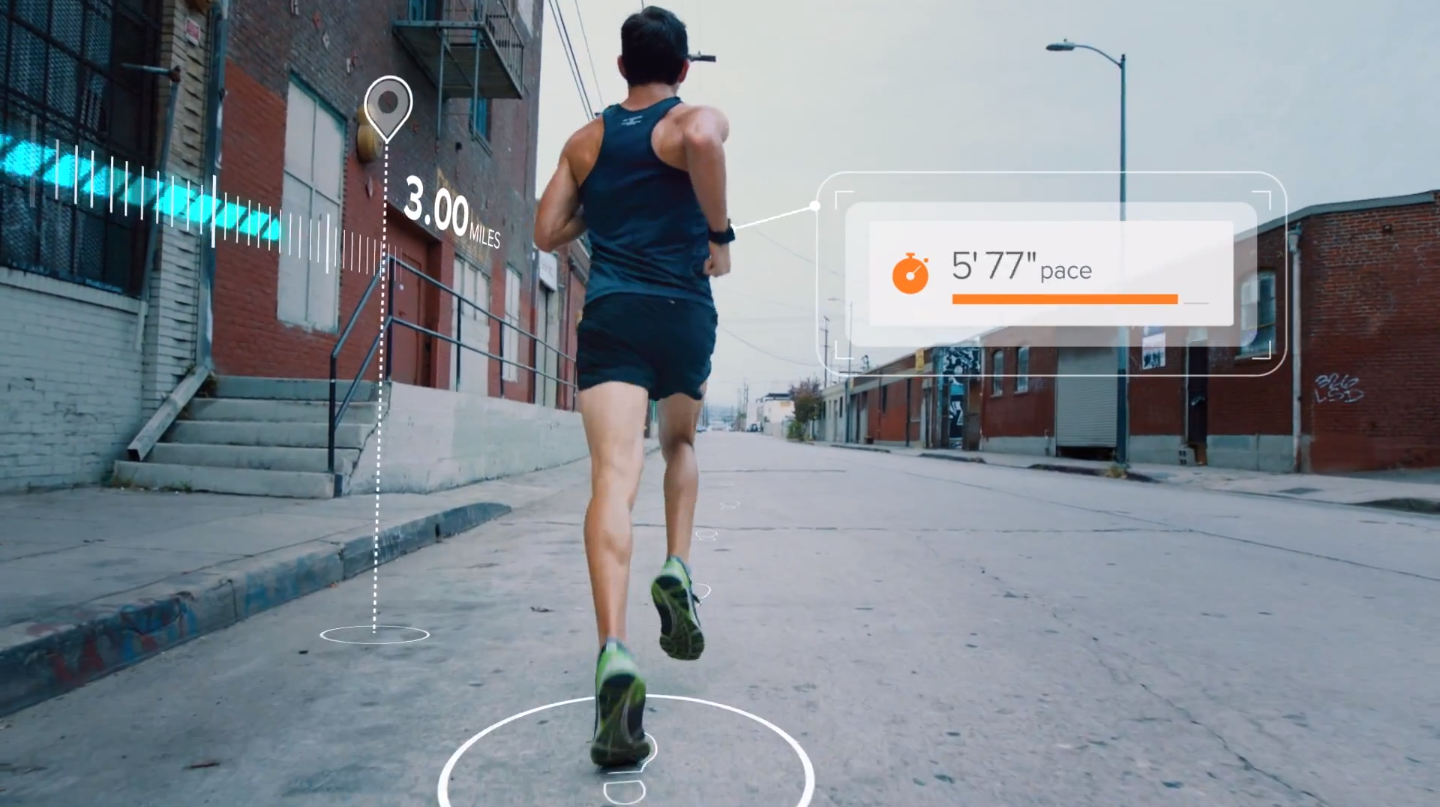
- 2 Min Read / Blog / 3.2.2020

As one of the most popular fitness tracking hardware manufacturers for connected smartphones, Fitbit has led the accessory industry in step counting and exercise monitoring. As both Google and Apple begin formalizing the process of synchronizing activity data to Android and iOS devices, the company has an unprecedented opportunity to insert itself into users’ fitness stories and become the de facto leader in connected health wearables. Fitbit’s next generation of wrist-mounted devices arrived this week, and aims to encompass more than steps taken or flights climbed—Fitbit’s high-end offerings begin to approach “smart watch” capabilities, and position the company as a new entrant in the race for our wrists.
To date, a handful of wearable pioneers have begun outlining the expectations for wearable fitness trackers. Jawbone expanded from Bluetooth earpieces with its UP product family in recent years, and offered a unified platform to track fitness activity, dietary habits, and sleep cycle data in one app. Nike, too, dipped its toes into the wearable industry with its FuelBand products, which the sports gear giant has begun discontinuing as the Apple Watch looms. Fitbit has played a prominent role in defining how fitness trackers behave and connect, having introduced a range of devices that range from pocketable dongles to wrist wearables. Despite a misstep with the recalled Fitbit Force, the company has enjoyed widespread success with the simple Flex wristband, which tracks daily activity and sleeping habits.
This week, Fitbit moved to replace the formidable Flex and Force with a new line of connected wearables that run the gamut of what fitness devices are expected to do. The first is the Fitbit Charge, a “reinvented Fitbit Force” that tracks real-time fitness and activity stats right on users’ wrists. The device uses a new OLED display to show caller ID information from a connected smartphone, and runs seven days on a single charge. The Fitbit Charge HR, coming early 2015, includes an additional sensor to monitor heart rate and inform more accurate caloric burn estimations. Both devices tap into Fitbit’s popular social features, which encourage friendly competition with contacts on reaching fitness goals. The Charge is available today for $129, and the Charge HR is launching next year at $149.
Most interesting is the new Fitbit Surge, which aims to approach true smart watch status and offer a fitness-oriented alternative to Android Wear devices or the Apple Watch. Surge includes a number of built-in sensors that sound like smartphone specifications—GPS, accelerometer, gyroscope, and even an ambient light sensor—behind a backlit LCD touchscreen display. The Surge is Fitbit’s play to have a stake in the coming smart watch market, matching Android Wear features with an eye tuned toward activity monitoring. Retailing for $250 when it launches next year, the Surge could be accessory manufacturers’ best bet against the onslaught of smart wearables from Android manufacturers, which only tangentially include fitness and activity data. And, while Apple works to get its Apple Watch and Fitness integration to market, Fitbit can exploit a first-to-market opportunity to begin defining how these wearables should look and operate.
The products’ price points undercut the Apple Watch and many high-end Wear products, but their feature sets are limited in scope. Nike’s FuelBand and previous Fitbit products have found success penetrating the lucrative smartphone accessory category, but future fitness trackers have a real opportunity to connect with more elements of users’ lives. As HealthKit and Google Fit democratize and grant access to a wealth of health data across sources, fitness-centric apps and services can provide new value by making smarter inferences and suggestions about customers’ wellbeing. Perhaps that OLED panel is good for more than caller ID—it could start using connected health data to tell users to put down the cheeseburger and go for a run.